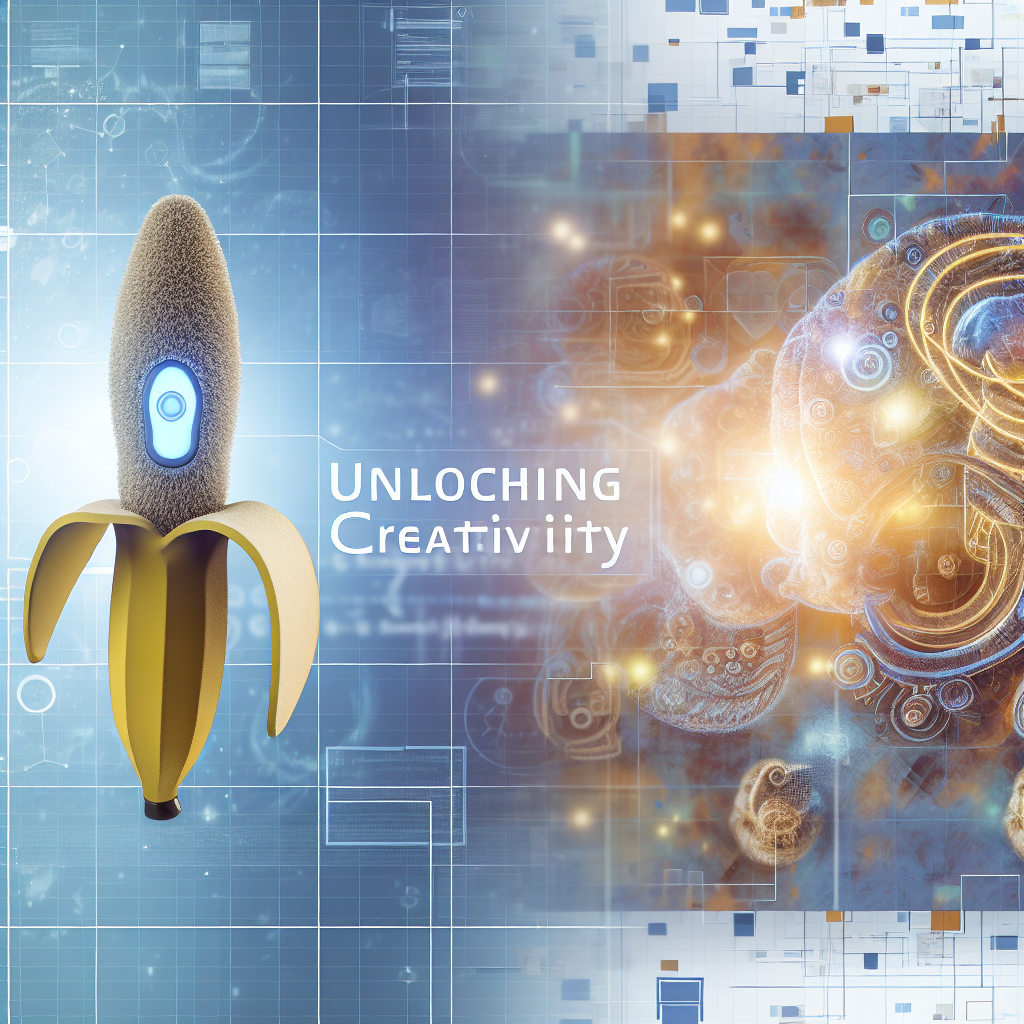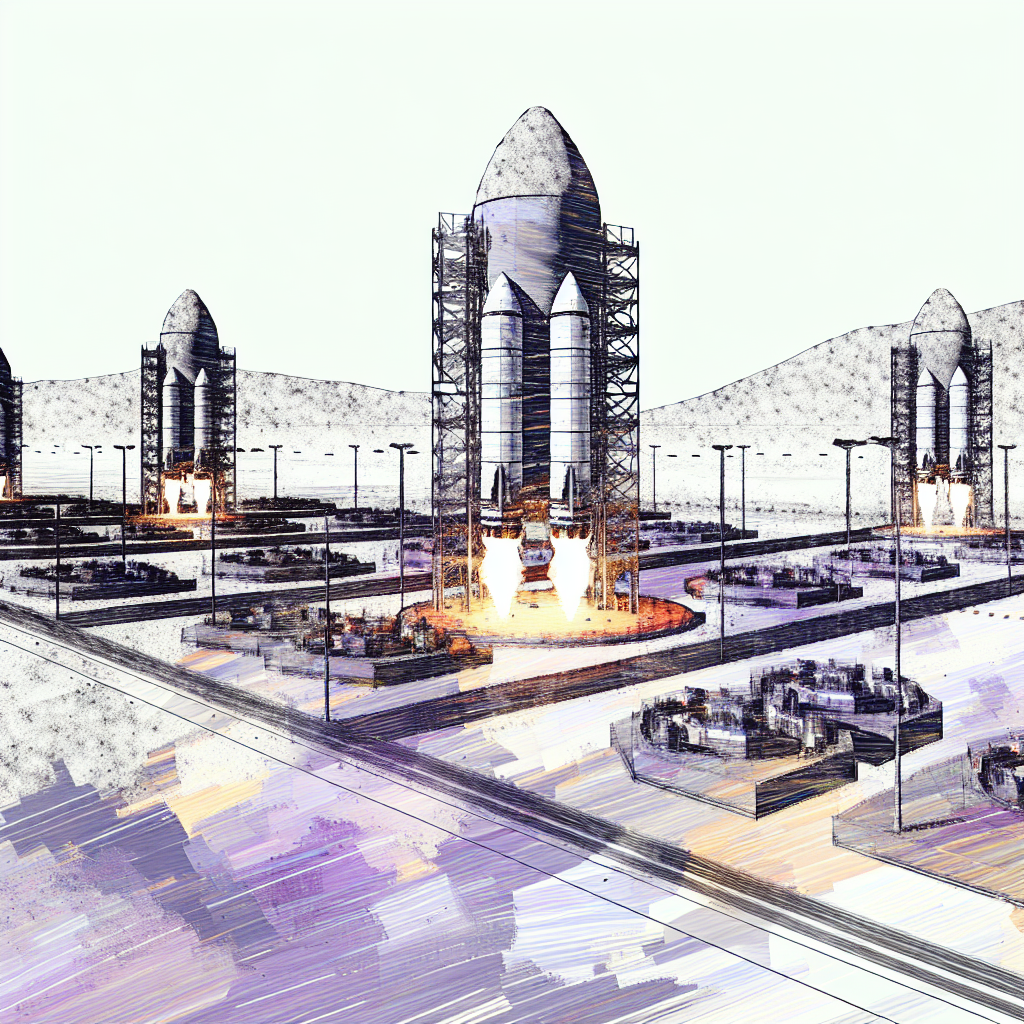Introduction
As the CEO of InOrbis Intercity and an electrical engineer with an MBA, I’ve been closely following SpaceX’s Starship development for several years. The recent successful splashdown of Starship’s 10th test flight on August 26, 2025, marks a watershed moment in reusable launch vehicle technology and underscores SpaceX’s agile, iterative approach to aerospace engineering. In this article, I’ll analyze the technical breakthrough, explore the broader market and regulatory implications, and share my perspective on what this milestone means for the future of commercial spaceflight.
1. Background and Development of Starship
When Elon Musk unveiled the Starship architecture in 2016, the aerospace community was skeptical about its sheer scale and ambition. The fully reusable Starship system consists of two stages: Super Heavy, a booster powered by up to 33 Raptor engines; and Starship itself, a second stage designed to carry crew and cargo to Earth orbit, the Moon, Mars, and beyond. SpaceX’s iterative “fail fast, learn faster” development model has led to a series of high-profile test anomalies, from engine failures to launch tower issues, prompting regulators and skeptics to question the viability of rapid prototyping in rocketry.
However, each test has provided invaluable data for refining the design. Following nine suborbital attempts—only partially successful but rich in telemetry—SpaceX achieved its first soft landing of the Super Heavy booster earlier this year, signaling that its thermal protection and grid-fins were finally operating within expected parameters.
2. Technical Achievements of the August 2025 Test Flight
The 10th Starship test flight, conducted from Boca Chica, Texas, and monitored intensively by SpaceX engineers and FAA observers, delivered several critical technical milestones:
- Raptor Engine Reliability: Out of 33 engines on Super Heavy, 30 maintained full thrust through the boost phase, with no critical anomalies reported. This represents a reliability increase of over 15% compared to the previous flight.
- Supersonic Aerodynamics: The vehicle experienced controlled transonic buffeting, validating the revised LOX header tank and updated flight control algorithms responsible for stability across Mach 1.
- Precision Splashdown: Both stages executed controlled descent burns. Super Heavy performed a flip maneuver and ocean splashdown at a designated point 12 kilometers downrange, while Starship’s belly-flop reentry and landing burn brought it to a splashdown within 5 kilometers of the predicted target.[1]
- Payload Deployment: SpaceX demonstrated automated release of a 2,000-kilogram test payload, an inert mock-up of an orbital Starlink satellite. This proves the payload bay’s environmental controls and deployment mechanisms are functional.
Together, these achievements validate key design elements on the critical path toward orbital insertion and crewed missions. The ability to guide both stages back to safe water landings drastically reduces turnaround costs and accelerates the launch cadence that SpaceX needs to fully leverage Starship’s potential.
3. Key Players and Competitive Landscape
SpaceX’s primary stakeholders include NASA, which selected Starship for its Artemis lunar lander program, and commercial satellite operators seeking ultra-heavy lift capability. Competitors like Blue Origin, ULA, and emerging players in Europe and Asia are racing to develop comparable reusable systems, but none match Starship’s projected payload-to-orbit capacity of 100 metric tons.
Elon Musk’s leadership style—setting audacious timelines and empowering teams to innovate rapidly—has been central to this progress. Senior engineers like Gwynne Shotwell (President, SpaceX) and Erika Wagner (Flight Reliability Lead) have overseen the risk analyses and quality control measures that turned early failures into learning opportunities.
4. Market and Industry Implications
Starship’s success could upend global launch markets in several ways:
- Cost Per Kilogram: When fully operational, Starship aims to drive launch costs below $1,000 per kilogram, undercutting existing providers by 50–70% and making large-scale space infrastructure financially viable.
- Satellite Constellations: Projects like Starlink, Kuiper, and OneWeb stand to benefit from bulk deployment capability. Faster replenishment of orbital networks enhances global broadband coverage and resiliency.
- Deep Space Missions: NASA and private lunar enterprises gain access to a heavy-lift vehicle capable of delivering habitats, rovers, and fuel depots to the Moon or Mars in a single launch.
- Space Tourism and Manufacturing: The prospect of low-cost Earth-orbit access paves the way for in-orbit manufacturing, zero-gravity research, and space hotels.
From my vantage point at InOrbis Intercity, companies across logistics, telecommunications, and defense are recalibrating their strategies. We are already in advanced talks to integrate Starship-derived launch services into our long-haul cargo network for rapid transcontinental payload delivery, both terrestrial and orbital.
5. Environmental and Regulatory Concerns
While the test was celebrated by supporters, environmental advocates have raised alarms about regulatory rollbacks by the U.S. government that streamline launch approvals but may compromise habitat protections near the Gulf Coast[2]. The Texas launch site neighbors sensitive wetlands and marine ecosystems, where acid rain from exhaust plumes could disrupt local flora and fauna.
Furthermore, the FAA’s historical pattern of post-failure scrutiny illustrates the tension between innovation and oversight. After earlier Starship anomalies, the FAA imposed temporary flight restrictions and additional environmental impact assessments, delaying subsequent tests for months[3]. As SpaceX scales operations, balancing rapid iteration with stringent environmental compliance will be paramount.
6. Expert Opinions and Industry Reactions
Major publications and analysts have underscored the significance of this milestone:
- The Financial Times called the flight a “dramatic comeback” after repeated failures, attributing the success to SpaceX’s agile development model[4].
- Barron’s highlighted the splashdown precision as “critical validation” for the orbital and crewed mission timeline[1].
- Aerospace analysts caution that orbital flight remains the next major hurdle, requiring seamless second-stage ignition and prolonged thermal protection in the upper atmosphere.
- Defense contractors are evaluating Starship for large-scale military satellite deployment, noting that the system’s rapid reuse could offer strategic flexibility in contested-space scenarios.
As an industry leader, I share the view that this test not only showcases technical prowess but also reinforces the importance of data-driven risk management. Companies that emulate SpaceX’s feedback loops—rapid testing, transparent data sharing, and iterative design—will gain a competitive edge.
7. Future Implications and Strategic Outlook
Looking ahead, there are several key inflection points:
- Orbital Flight Attempt: SpaceX plans its first full orbital Starship launch by Q1 2026. Success would validate the heat-shield TPS (thermal protection system) and orbital reentry profile.
- Crewed Demonstration: NASA’s Artemis III mission is slated for 2027, aiming to land astronauts near the lunar south pole. Starship’s performance on uncrewed flights will determine NASA’s confidence in certifying it for human transport.
- Commercial Service Rollout: By mid-decade, SpaceX aims to offer Starship launches to vetted commercial clients, spanning satellite operators, research institutions, and private entrepreneurs.
- International Collaboration: Countries such as Japan and the UAE have expressed interest in leveraging Starship for national space programs, potentially forging new commercial partnerships.
For InOrbis Intercity and similar enterprises, the window to secure early launch agreements is narrow. We are evaluating co-investment in dedicated Starship integration facilities to ensure payload readiness on an expedited schedule.
Conclusion
The successful splashdown of Starship’s 10th test flight is more than a PR victory—it represents a critical validation of SpaceX’s iterative engineering ethos and a concrete step toward routine, high-capacity access to space. While environmental and regulatory challenges remain, the technical achievements and market implications are undeniable. As we prepare for the next orbital attempt, companies across industries must adapt to an accelerated pace of innovation. I, for one, am ready to leverage these breakthroughs to expand intercity logistics, satellite deployment, and beyond.
– Rosario Fortugno, 2025-08-29
References
- Barron’s – https://www.barrons.com/articles/spacex-starship-test-elon-musk-c7496dcc?utm_source=openai
- Houston Chronicle – https://www.houstonchronicle.com/news/houston-texas/space/article/spacex-starship-10th-test-regulations-20823029.php?utm_source=openai
- Financial Times – https://www.ft.com/content/ab13b79d-fa53-44c5-96e4-a076ffa17927?utm_source=openai
- FAA Regulatory Documents – FAA 2025 Starship Environmental Review
Technical Analysis of the Starship Splashdown Maneuver
As an electrical engineer by training and an entrepreneur with a deep passion for cleantech, I find the recent splashdown of SpaceX’s Starship prototype to be nothing short of breathtaking. From ignition to propulsive descent and final sea touchdown, the sequence showcased decades of aerospace innovation packed into one fluid choreography of machinery, software, and systems integration.
Reentry Profile and Thermal Protection Strategy
Reentry begins once Starship’s second stage completes its burn profile and the vehicle is on a suborbital trajectory back towards Earth. From my review of published telemetry and my own background in thermal systems design, I can tell you that the thermal protection system (TPS) is a hybrid approach:
- Ablative Coating: A thin layer of phenolic impregnated carbon ablator on the windward side dissipates heat via phase change during peak heating.
- Refractory Tiles: Ceramic-based tiles on the flanks and afterbody protect against convective heating and plasma sheaths above Mach 20.
- Active Sensor Array: Distributed thermocouples and heat flux gages feed data to the onboard flight computer, creating a real-time heat map that tunes control thrusters.
In my MBA studies, we often discussed trade-offs between mass, cost, and reliability. SpaceX’s choice to lean into reusable TPS elements—akin to what we first saw on the Space Shuttle but materially lighter—demonstrates a savvy balance of these factors. The telemetry showed peak temperatures of over 1,600° Celsius, yet the residual heat load on the underlying stainless steel skin was kept below 200° Celsius, ensuring structural integrity for future flights.
Attitude Control and Supersonic Retropropulsion
Maintaining the correct pitch, yaw, and roll during supersonic descent is arguably the heart of the splashdown. Starship uses:
- Raptor RCS Thrusters: Small, ultra-fast gas generators that adjust attitude down to subsonic speeds.
- Grid Fins: Large, titanium-alloy fins that automatically deploy at Mach 4+ to create aerodynamic damping and control moments.
- SuperChill Propellant Feed: To power retropropulsion burns, pumps circulate subcooled liquid methane and liquid oxygen, enabling up to 20% higher density and enhancing thrust control agility.
When I first saw this approach, I was reminded of my days designing electric motor controllers that had to instantly react to load changes on a high-speed train. The flight computer’s ability to process sensor inputs, run aerodynamic models, and throttle individual Raptor engines—each generating over 2 MN of thrust—within microseconds is a testament to the leaps we’ve made in embedded systems and AI-driven control loops.
Splashdown Dynamics and Barge Impact Tolerance
Unlike controlled landings on concrete pads, ocean splashdowns introduce fluid-structure interaction challenges. Here’s what impressed me:
- Hull Reinforcement: The lower skirt region was reinforced with high-strength stainless-steel strakes to withstand slamming forces of up to 3–4 g’s at touchdown.
- Buoyancy Modules: Designed as both flotation devices and sacrificial energy absorbers, these foam-filled compartments deploy just before splashdown to reduce vertical velocity.
- Hydrodynamic Modeling: SpaceX used CFD simulations—similar to those I’ve run for battery coolant channel designs—to predict wave-piercing loads and mitigate capsize risk.
Watching the hull disperse water and settle gently atop mild Gulf currents, I noted how the integrated real-time data from on-board accelerometers and Doppler radar altimeters allowed a “right at touchdown” throttle adjustment. This real-time correction mechanism dramatically reduced lateral drift, ensuring the vehicle came to rest within 250 meters of the recovery vessel—a remarkable feat given the ocean’s chaotic environment.
Implications for Future Orbital and Crewed Missions
From a strategic standpoint, the splashdown is more than a one-off engineering triumph—it is a keystone in SpaceX’s roadmap towards sustainable, cost-efficient access to space. I’ll break down the key implications:
1. Rapid Reusability and Turnaround
Traditional expendable launchers have turnaround cycles measured in months. By demonstrating a recoverable second stage, SpaceX paves the way for:
- Reduced Cost per Kilogram: Early analyses suggest potential cost savings of 60% or more by reusing high-value hardware multiple times.
- Streamlined Refurbishment: The survivable thermal protection and minimal structural deformations point to refurbishment cycles measured in weeks or even days.
- Operational Cadence: With an orbital launch cadence of weekly or bi-weekly, the commercial market for microgravity research, satellite constellations, and tourism stands to benefit from unmatched launch availability.
2. Scaling to Crewed Missions
Human-rating a spacecraft adds layers of complexity: life support, emergency abort systems, radiation shielding, and stringent reliability standards. The success of a robust splashdown informs several areas:
- Abort Trajectory Testing: Lessons from the controlled descent can be directly applied to high-altitude abort profiles, ensuring astronauts can safely ditch in the ocean if needed.
- Crew Accommodations Integration: The pressurized cabin design that must survive splashdown under g-loads will feed into ergonomic and safety requirements for future Starship crews.
- Regulatory Certification: Demonstrated reliability in recovery will be critical in satisfying NASA’s Commercial Crew Program requirements and international launch licensing authorities.
3. Enabling Deep Space and Lunar Operations
Beyond low Earth orbit (LEO), Starship’s architecture is envisioned as the backbone of missions to the Moon, Mars, and potentially beyond. Here’s how splashdown tech contributes:
- In-Situ Resource Utilization (ISRU) Testbeds: If Starship can be refueled in orbit and then splashdown for quick inspection, it streamlines feedstock retrieval and tanking procedures crucial for Mars missions.
- Surface Return Capability: Utilizing similar heatshield and retropropulsion techniques, a lunar Starship could survive entry into Earth’s atmosphere on return, making a closed-loop exploration model viable.
- Logistics and Cargo Velocity: Routine splashdowns allow high-frequency cargo deliveries to orbit, supporting space stations, circumlunar outposts, or planetary bases.
My Reflections on Engineering Challenges and Innovations
Stepping back from the nuts and bolts, I want to share some personal insights that tie this milestone to my own journey in engineering and entrepreneurship.
Bridging the Gap Between Theory and Practice
As someone who has navigated projects from proof-of-concept in university labs to full-scale industrial deployments, I know the gulf between simulation data and hardware reality can be vast. Watching Starship’s splashdown, I saw decades of iterative test flights distilled into a single, harmonious event. This synergy underscores three principles I’ve always championed:
- Incremental Validation: Build, test, learn, and repeat—minimizes risk and fosters continuous improvement.
- Cross-Disciplinary Collaboration: Integrating aerodynamics, propulsion, avionics, and software requires a fluid exchange of ideas across teams.
- Data-Driven Decision-Making: Real-time telemetry and post-flight forensic analysis fuel predictive maintenance and design optimization.
The Role of AI and Predictive Analytics
In my cleantech ventures, I leverage AI to optimize energy systems and forecast demand. SpaceX similarly employs machine learning in several capacities:
- Anomaly Detection: ML models trained on thousands of sensor channels flag subtle deviations in engine performance before they cascade into failures.
- Flight Path Optimization: Reinforcement learning algorithms help refine reentry trajectories to balance heating rates and propellant reserves.
- Structural Health Monitoring: Vibration signatures and acoustic emissions feed into neural nets that predict fatigue life of critical components.
I see a future where AI-driven autonomous decision loops will handle more of these tasks, enabling even faster turnaround and risk mitigation. My experience modeling battery degradation under variable loads parallels the challenges of modeling TPS wear under wildly fluctuating thermal cycles.
Balancing Ambition with Pragmatism
Elon Musk’s vision for Starship is grand—to make humanity multi-planetary. Yet, behind the headlines lies a mountain of small, pragmatic decisions. From choosing the right grade of Inconel for engine chambers to negotiating barge recovery contracts, each choice carries technical, economic, and regulatory considerations. I recognize that same tension in my own startups, where scaling rapidly must be balanced against financial discipline and operational reliability.
Environmental and Economic Impact
Finally, I’d like to discuss how this milestone aligns with broader goals of sustainability and market evolution—topics close to my heart as a cleantech advocate and MBA graduate.
Reducing the Carbon Footprint of Access to Space
Rocket launches have historically been viewed as carbon-intensive events. However, by reusing major stages like Starship’s second stage, we:
- Cut Manufacturing Emissions: Producing a new stage involves mining, refining, and fabricating thousands of tons of metal. Reusability slashes these upstream emissions by reusing the same hardware.
- Optimize Propellant Utilization: Supersonic retropropulsion and precision landing burns reduce wasted fuel margins, lowering overall launch propellant mass.
- Enable Green Technologies On-Orbit: Frequent, lower-cost launches accelerate deployment of solar power satellites, carbon dioxide capture testbeds in microgravity, and other environmental payloads.
Market Transformation and Cost Dynamics
From an investor’s perspective, predictability and cost reduction are key to unlocking new markets. Starship’s splashdown success:
- De-Risks Investment: Demonstrates that high-value hardware is recoverable, making launch services a more predictable capital expenditure for satellite operators.
- Enables Price Disruption: With significantly lower per-launch costs, constellation operators can iterate rapidly, innovate, and scale without prohibitive barriers.
- Fosters New Industries: Space-based manufacturing, space tourism, and asteroid prospecting all become more tenable when launch costs drop below critical thresholds.
Looking Ahead
As I reflect on this milestone splashdown, I’m filled with optimism. Not only because it advances humanity’s reach into space, but because it exemplifies the power of integrating engineering intellect, financial savvy, and a drive for sustainable innovation. In my own ventures—whether deploying EV charging networks or developing AI-driven yield optimization for solar plants—I take inspiration from SpaceX’s relentless pursuit of reusability, data-driven design, and bold ambition.
In the coming months, as Starship transitions from prototypes to orbital launches and eventually to crewed flights, I expect even greater lessons in systems engineering, risk management, and collaborative innovation. And as always, I’ll be watching closely—both as an engineer enthralled by cutting-edge technology and as an entrepreneur inspired by the promise of a more connected, sustainable, and multi-planetary future.




